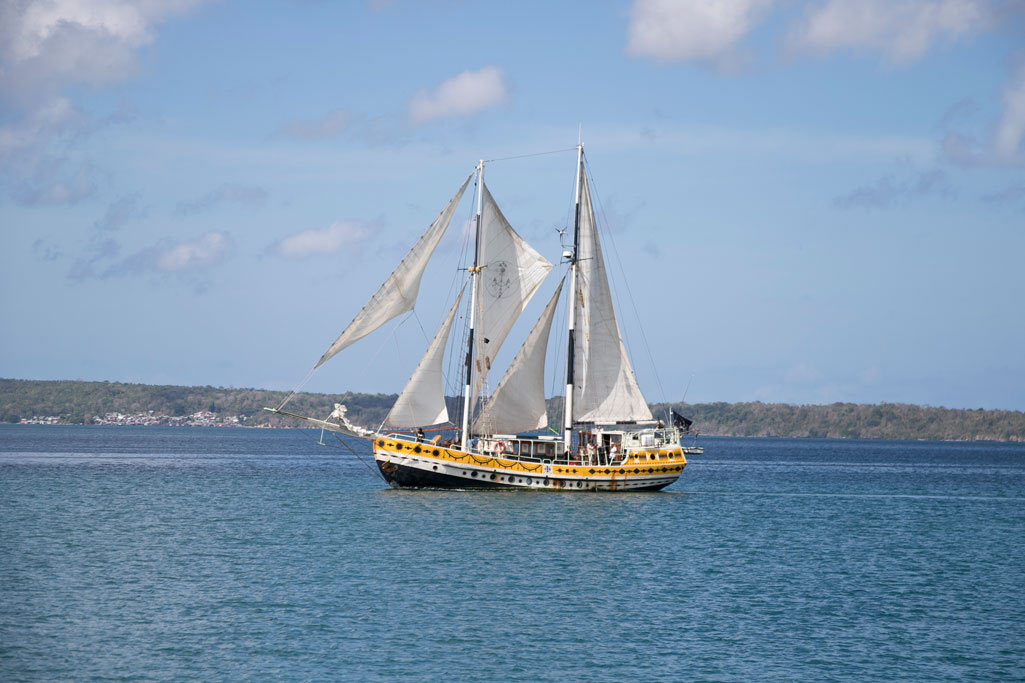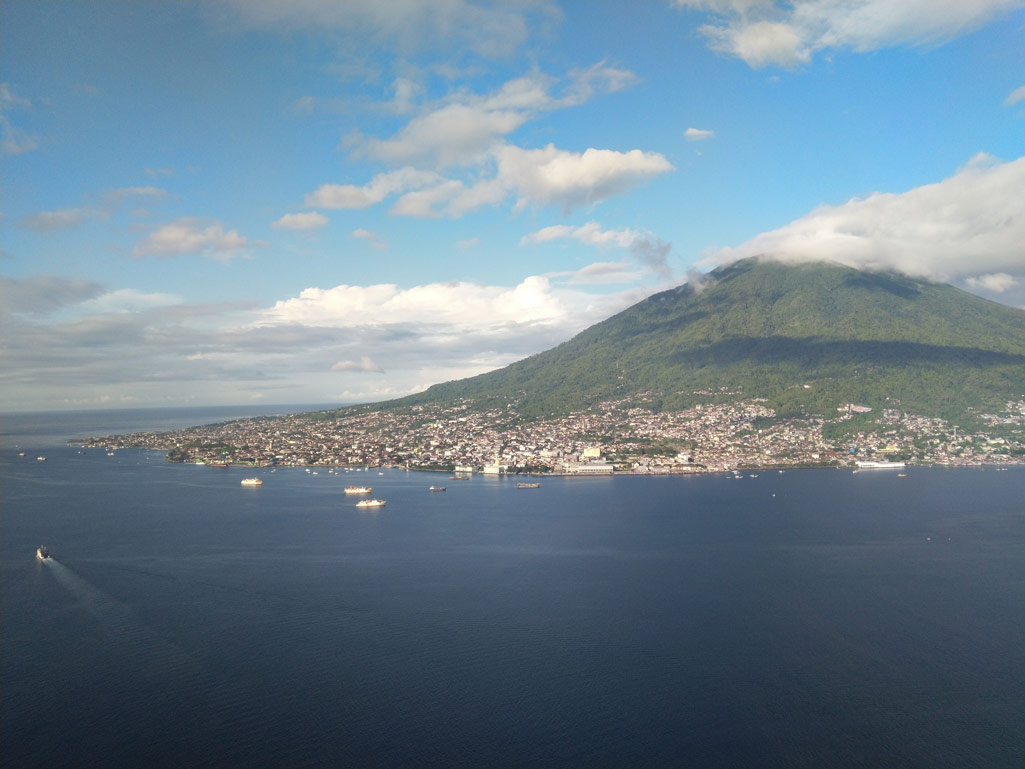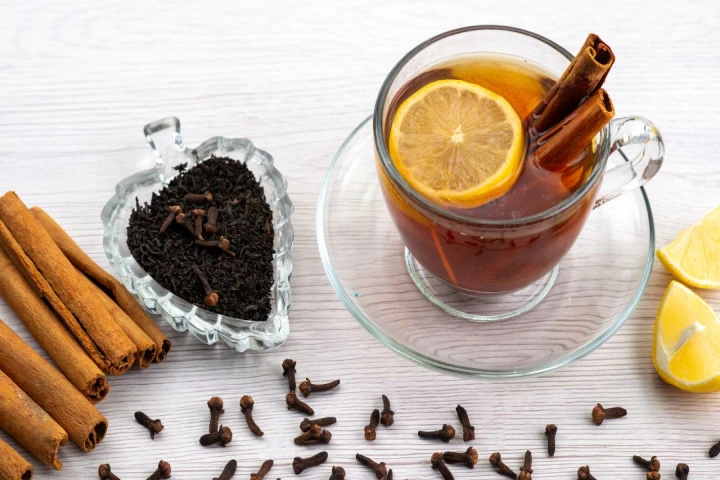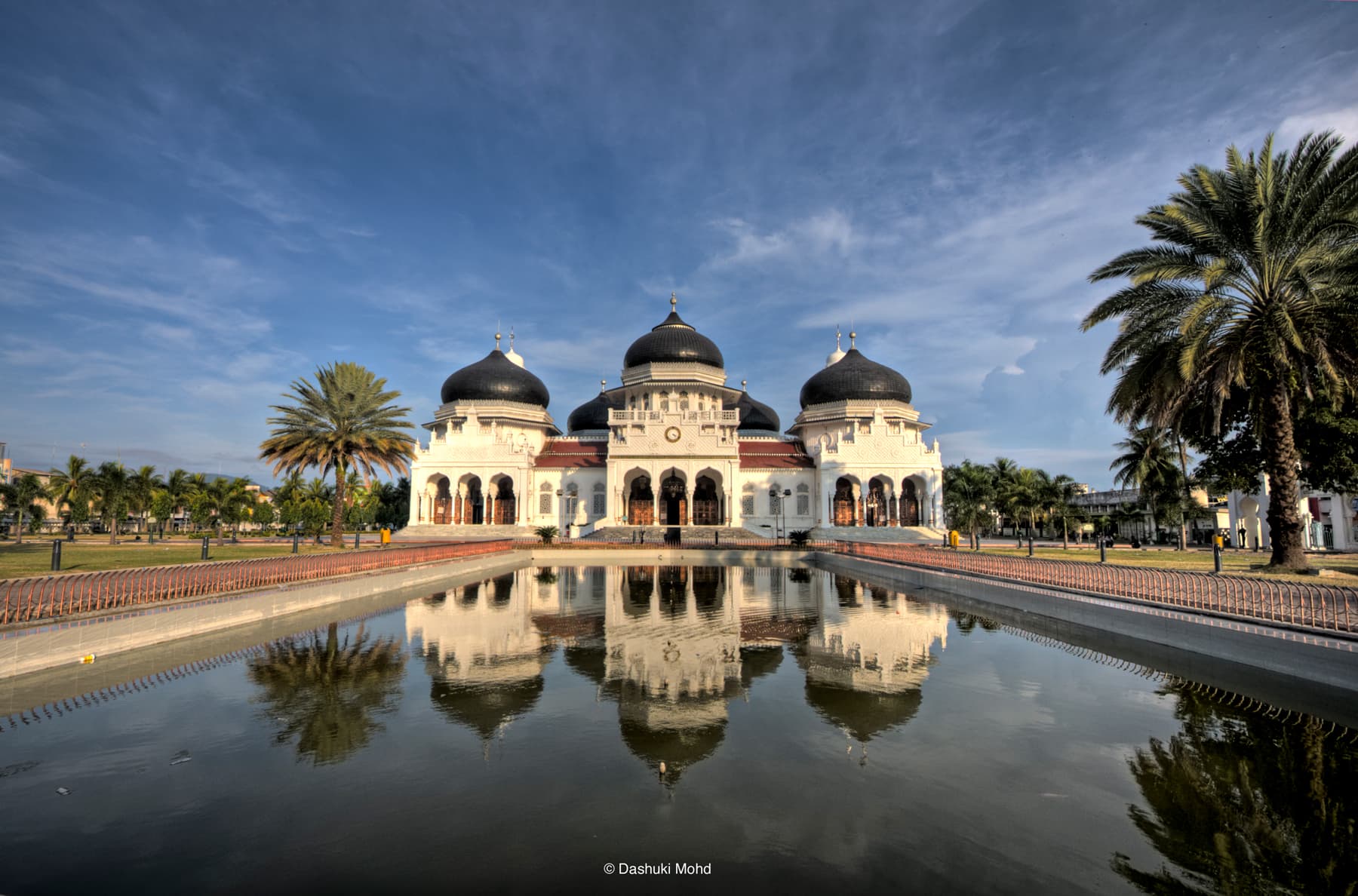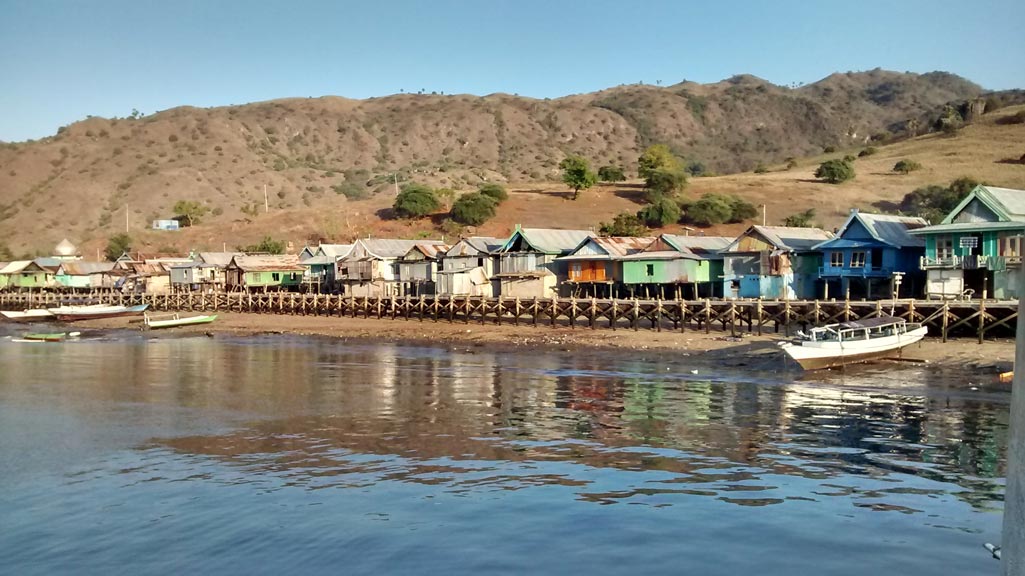
The trace of trade and spice routes in eastern Indonesia did not stop in Maluku. Visited by local and international traders, the Lesser Sunda Islands also witnessed the commodity trades and exchanges. Located in the south route, the Islands consist of small islands stretching south of the Equator, from Bali, Lombok, Sumba, Solor, Alor to the Timor Islands.
The port had abundant water and food supplies that the Lesser Sunda Islands attracted Eastern and Western traders to visit. Traders who sailed through the ancient south route came to the islands, including Bandanese traders. Farther than the east, it was also popular in Nusantara as a port center.
Within the trade network and spice routes, traders used to stop in the Sumbawa port to conduct a transshipment before coming to the Lesser Sunda Islands. Further, Malay and Javanese traders stopped by the port before going on sailing to the Maluku Islands. In addition, the traders from the Lesser Sunda Islands often sailed to Banda and Maluku to buy some goods, including clothes, for Banda offered high-quality clothes, especially the ones from Gujarat.
On the other part of the islands, namely Sumbawa and Bima, there were dyewoods, known for Malacca traders as Brazilian woods. In addition, there was a sulfur production in Solor island—known as Flores—that was essential to the international traders. The products were then traded through Malacca to farther places, like Cochinchina.
Another commodity that gained reputation was the sandalwood from Timor Island, a part of the Lesser Sunda Islands. Since the 16th century, the area had gained its reputation as a sandalwood producer with top quality. The Chinese had even noticed the fame of these sandalwoods before that. In the early 14th century, the Chinese traders’ ships went to Timor Island periodically to collect these precious goods.
Meanwhile, the Javanese and Malay people distributed the sandalwoods to the Indians. The Indians used sandalwoods to make ointment and perfume, while Europeans used sandalwoods for medicines. Further, it took a prominent role in the cremation ceremony. The Malacca people suggested that one could only find sandalwoods in Timor as stated in a proverb, “God created Maluku for cloves, Banda for nutmeg, and Timor for sandalwood”. We can also find it in Tome Pires’ notes, involving the impersonation of the joke that the Malacca traders often threw.
Traders could get the Lesser Sunda Islands’ products by exchanging cheap Gujarati fabric, goods made of iron, including swords, axes, knives, nails, also colored beads, porcelain, tin, mercury, and black tin. Although people of the islands visited the ports on the coast of Java by small ships, the Lesser Sunda Islands traders did not expand their trade to the Malacca port.
The Malacca traders had to pick up the products to the Lesser Sunda Islands. So did Bandanese traders who sailed through the coast of Babar, Kisar, Wetar, Alor, and finally arrived in Timor. The commodities included coarse woven fabric, beads, tin, agricultural tools, such as axes, knives, swords, and nails. They then traded these goods with sandalwoods that the Bandanese traded to the Arabic and Gujarati traders. Further, Bandanese traders came to Timor to buy slaves, for the slave trade was widespread across the islands. Most of the slaves came from the hinterland of the Lesser Sunda Islands, like Sumbawa and Bali. The Bandanese then employed them in the nutmeg plantations.
The ports now stand as the remaining trace of the Spice Routes in the Lesser Sunda Islands. They are Ampenan and Buleleng ports.
_________
Source:
Razif & M. Fauzi. 2017. Jalur Rempah dan Dinamika Masyarakat Adat Abad X-XVI: Kepulauan Banda, Jambi dan Pantai Utara Jawa. Jakarta: Direktorat Sejarah.
_________
Text: Tiya Septiawati
Editor: Doni Ahmadi
Translator: Dhiani Probhosiwi




